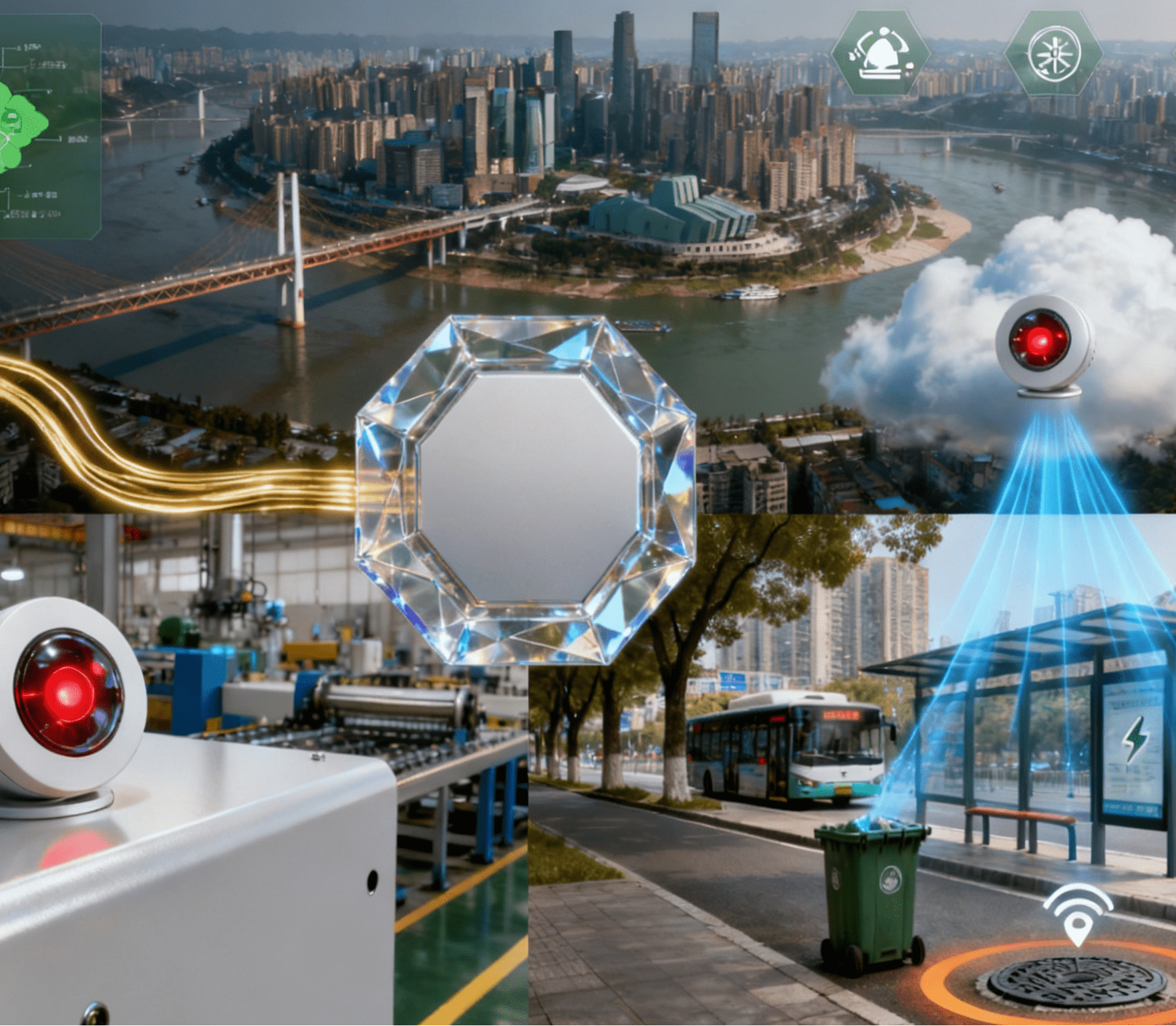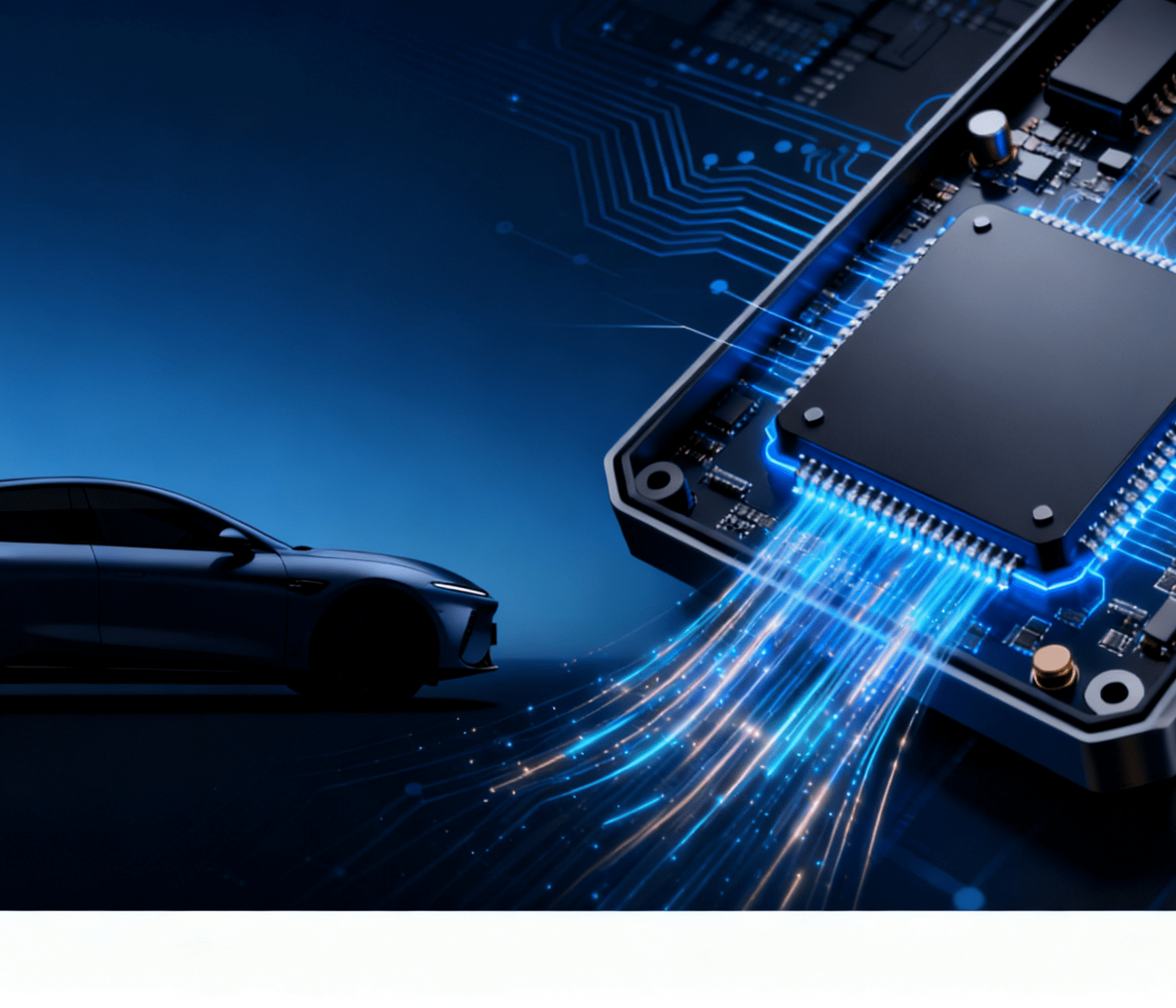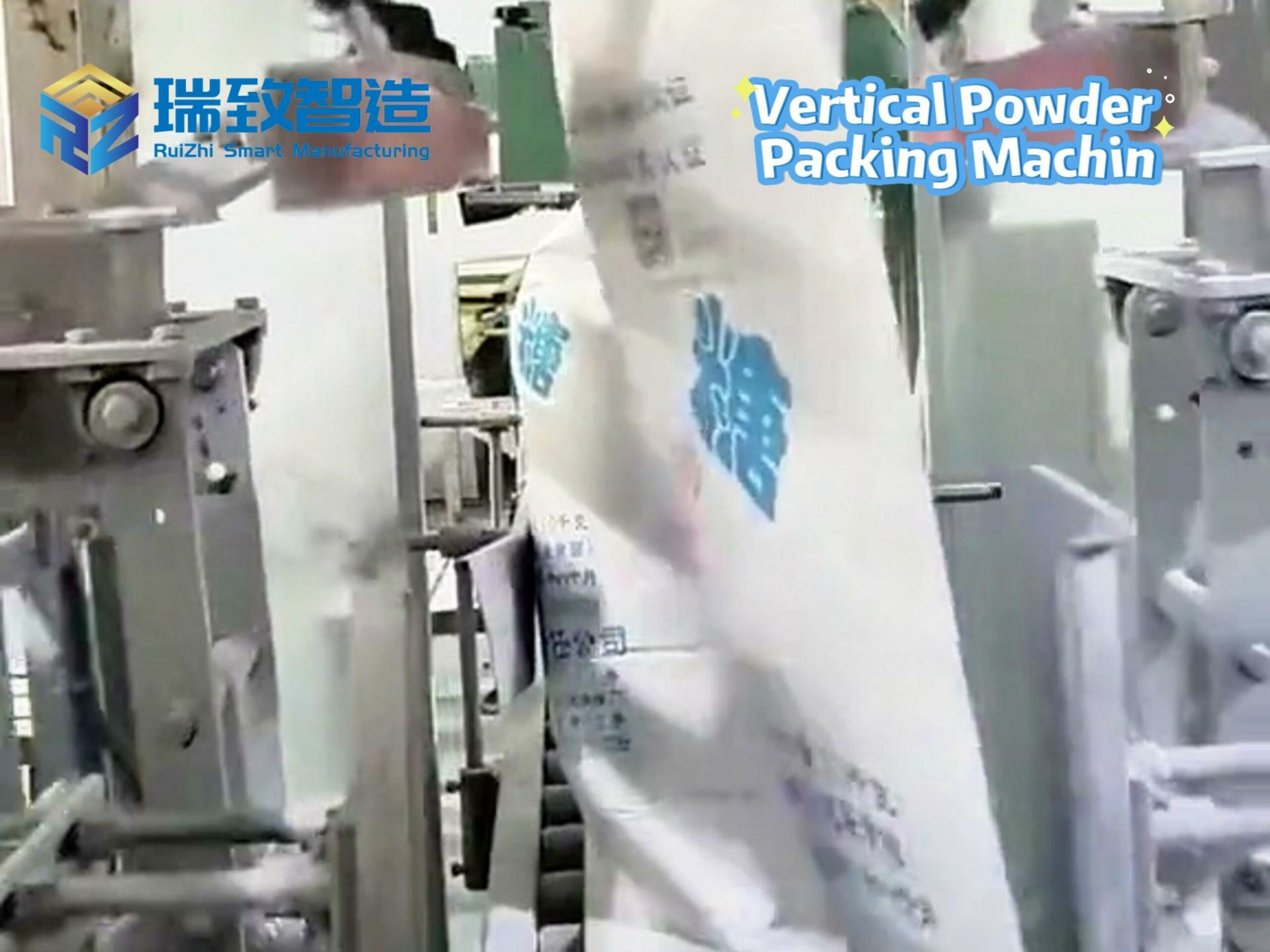Table of Contents
ToggleInjection Molded Parts Automated Assembly System with Auto-Loading: Redefining Manufacturing Excellence

Introduction
Injection molding is the backbone of modern manufacturing, producing billions of plastic parts annually for industries ranging from automotive and electronics to medical devices. However, the post-molding assembly process has long been a bottleneck. Traditional manual or semi-automated methods suffer from low throughput (average assembly time of 30–60 seconds per part), high labor costs (accounting for 25–40% of production expenses), and inconsistent quality (defect rates up to 3%). Injection Molded Parts Automated Assembly Systems with Auto-Loading have emerged as a transformative solution, integrating advanced robotics, intelligent control, and autonomous material handling to streamline production.
A leading consumer electronics manufacturer, for instance, witnessed a 400% increase in daily output after implementing an auto-loading assembly system for smartphone casings. The system reduced labor requirements from 15 operators per line to just 3, while simultaneously improving assembly precision from ±0.3mm to ±0.05mm. This not only slashed production costs but also enabled the company to meet surging market demands with zero tolerance for defects.
Technical Architecture: A Convergence of Precision and Automation
The efficacy of auto-loading assembly systems lies in their multi-layered technical design, which harmonizes part handling, assembly, and quality control:
1. Auto-Loading Sub-System
Vibratory Bowl Feeders with Vision Sorting
Vibratory bowls are the primary workhorses for part orientation. Equipped with helical tracks, they use controlled vibrations to move parts upward while sorting them based on shape and orientation. Advanced systems integrate 3D vision cameras (e.g., with 0.01mm resolution) to detect part defects, such as warping or surface scratches, in real-time. For example, in automotive gearbox component assembly, the system can reject parts with misaligned teeth within milliseconds, achieving a sorting accuracy of 99.98%.
Flexible Feeding Systems
For complex or irregularly shaped parts, flexible feeders offer superior adaptability. These systems use a combination of random part presentation and robotic picking. A layer of parts is spread on a flat surface, and a high-speed vision system generates digital models of each part, calculating its position and orientation within 50 milliseconds. Robotic arms with custom end-effectors—such as vacuum cups for thin-walled plastics or grippers with force sensors for delicate components—then execute precise pick-and-place operations, reducing changeover time between part types to less than 5 minutes.
2. Automated Assembly Unit
Multi-Axis Robotic Manipulation
Six-axis industrial robots (e.g., Fanuc M-20iD or ABB IRB 6700) serve as the assembly workhorses, boasting repeatability of ±0.02mm. These robots can perform intricate tasks like inserting snap-fit components, applying adhesives with nanoliter precision, or soldering micro-electronic parts onto injection molded substrates. In the production of medical inhalers, for instance, robots can assemble 12 discrete components in under 8 seconds, ensuring airtight seals and proper alignment of valves.
Intelligent Tool Changers
To handle diverse assembly tasks, automated systems incorporate quick-change tooling. Pneumatic or electromagnetic tool changers enable robots to swap end-effectors within seconds, adapting to different part geometries or assembly requirements. This modularity allows a single system to support multiple product lines, reducing capital expenditure by up to 35% compared to dedicated assembly lines.
3. Closed-Loop Quality Control
Vision Inspection
High-resolution industrial cameras (up to 20 megapixels) and AI-powered image processing ensure assembly accuracy. For example, after inserting a circuit board into a plastic housing, the system analyzes 50+ geometric parameters, such as pin alignment and clearance, within 200 milliseconds. Deep learning algorithms continuously improve defect detection by learning from historical data, achieving false positive rates below 0.1%.
In-Process Testing
Integrated sensors perform real-time functional tests. Pressure sensors can verify the integrity of sealed components (e.g., detecting leaks as small as 10⁻⁶ Pa·m³/s), while torque sensors ensure fasteners are tightened to the exact specification. Any non-compliant part triggers immediate rejection, preventing defective products from proceeding further.
4. Control and Monitoring System
A combination of Programmable Logic Controllers (PLCs) and Industrial PCs orchestrates the entire process. PLCs manage real-time operations with sub-millisecond response times, while PCs handle higher-level tasks like production scheduling, data analytics, and integration with Manufacturing Execution Systems (MES). Digital twin technology is increasingly used to simulate assembly processes, optimizing cycle times by up to 20% before physical implementation.
Industry Applications: From Mass Production to Customization
Auto-loading assembly systems have revolutionized diverse sectors:
1. Automotive Manufacturing
Engine Component Assembly
In the production of engine covers, the system automatically loads injection molded housings, inserts gaskets with 0.1mm precision, and tightens bolts to 12±0.5 N·m torque. A leading automotive OEM reduced assembly time from 45 seconds to 12 seconds per part, enabling a 300% increase in daily output while maintaining ISO/TS 16949 quality standards.
Interior Trim Assembly
For dashboard components, the system handles soft-touch plastics, metallic inserts, and electronic modules. Robots apply adhesive beads with a width tolerance of ±0.2mm, ensuring seamless integration and reducing the risk of squeaks and rattles in the final product.
2. Electronics Manufacturing
Smartphone Assembly
In smartphone casing production, auto-loading systems handle fragile components like camera modules and connectors. Vacuum grippers with anti-static coatings pick and place parts, while laser sensors verify the alignment of micro-connectors to within 50 microns. This precision reduces rework rates from 5% to 0.3%, saving millions in warranty costs annually.
3. Medical Device Production
Diagnostic Device Assembly
For point-of-care testing devices, the system assembles microfluidic channels, reagent reservoirs, and detection modules in a Class 100 cleanroom environment. UV sensors continuously monitor adhesive curing, ensuring biocompatibility and sterility compliance with ISO 13485.
Technological Frontiers: Shaping the Future of Assembly
1. AI-Driven Adaptive Assembly
Machine learning algorithms optimize assembly parameters in real-time. For example, if variations in injection molded part dimensions occur due to material batch differences, the system automatically adjusts robotic movements and adhesive application volumes, maintaining consistent quality without manual intervention.
2. 5G-Enabled Remote Operation
With 5G’s ultra-low latency (below 1 millisecond), operators can remotely monitor and troubleshoot assembly lines from anywhere in the world. AR/VR interfaces provide immersive control, enabling rapid resolution of complex issues and reducing downtime by 60%.
3. Sustainable Design
Future systems will prioritize eco-friendly practices, such as energy-efficient servo motors (reducing power consumption by 40%), recyclable material handling, and waste minimization through precise part feeding. For instance, any rejected parts are automatically sorted for recycling, closing the material loop.
Implementation Challenges and Solutions
1. High Initial Investment
The cost of a fully automated system can exceed $1.5 million. However, ROI calculations for high-volume production typically show payback periods of 12–18 months. Leasing options and government incentives for automation adoption can ease financial barriers.
2. Complex Integration
Integrating multiple subsystems (robots, vision, PLCs) requires specialized expertise. Standardized communication protocols like OPC UA simplify interoperability, while turnkey solutions from experienced vendors reduce integration risks.
3. Workforce Transition
Automation may displace some manual labor roles. Upskilling programs focusing on robotics maintenance, programming, and quality control can transform operators into high-value technicians, ensuring a smooth transition.
Conclusion
Injection Molded Parts Automated Assembly Systems with Auto-Loading represent a paradigm shift in manufacturing, enabling unparalleled precision, speed, and flexibility. As industries continue to demand higher quality, faster turnaround times, and cost competitiveness, these systems will become indispensable. The future lies in further integrating AI, IoT, and sustainable practices, pushing the boundaries of what’s possible in automated assembly and setting new standards for global manufacturing excellence.
#How to Optimize Injection Molded Parts Auto-Loading Assembly #Benefits of Injection Molding Automated Assembly with Auto-Loading #Injection Molded Parts Auto-Loading Assembly System




















